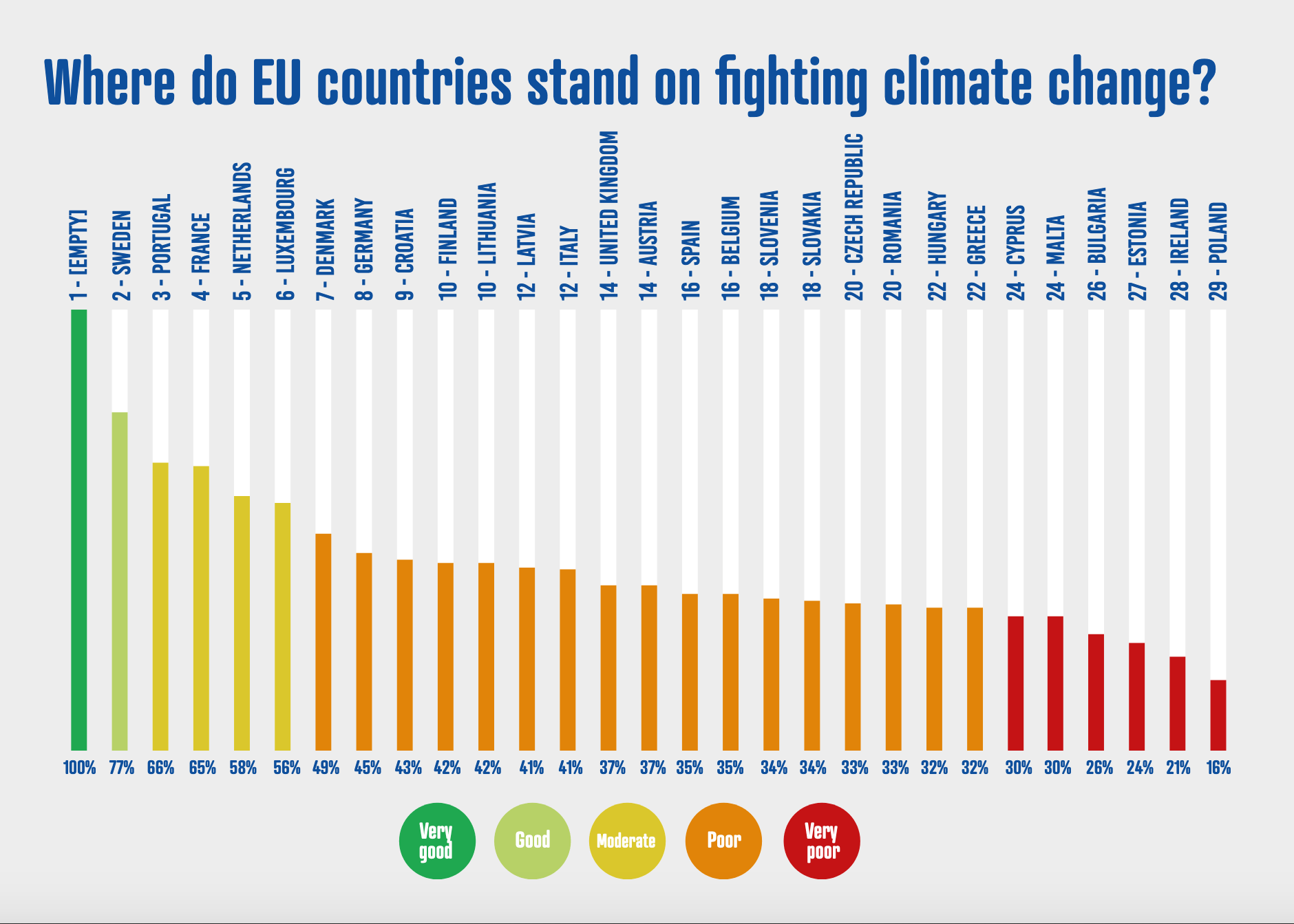Welcome Back Y’all!
Hope you are staying inside and practicing ‘social distancing’ as much as possible. As always I hope my blog can be both informative and fun to read.
This week we are focusing on the government and public policies and of course an ecofeminists’ view of them. While we have discussed contemporary issues before, especially last week. I find this week to be especially important because the role our government has within our society is a very powerful one. What we’ll be discussing centers around gender and the lack of the attention to it within our government, specifically in regard to environmental politics.
In order to successfully contribute to this week’s blog and provide my audience with the most accurate and detail oriented information I referred to the article Gender Equality and State Environmentalism by Kari Norgaard and Richard York. I think it’s important to point out the obvious, that Kari is a woman but Richard is a male. A male who contributes to a paper that focuses on ecofeminist thought. This just furthers my point, I’ve made in practically every blog post; that an ecofeminist can quite literally be anybody. If you are interested in reading this article yourself I will attach the link to the end of this blog. Although I’m hoping my overview of their article and thoughts will be enough for you to grasp the concepts they dive into.
So let’s get into it. In the first few paragraphs of their article they make it very clear that their overall message/thesis is that there is a connection between women in political positions and environmental policies being put into place. What is that connection though?
They importantly note that states within our nation who have more gender equality are more equip to protect the environment. “Women are more likely than men to express support for environmental protection and that women consider a variety of environmental risks, from nuclear power to toxic substances,to be more serious than do men” (Kari Norgaard and Richard York; Pg. 508). With this in mind, we can come to the conclusion that women should be equal to men in every sense, especially within a government setting/occupation because of the influence the government has on our nation. The gender gap is so closely related to and discussed in terms of environmental issues because historically, women have always been more connected to and dependent on nature than men have. This is most commonly seen in what is described as a woman’s ‘traditional’ role as a caregiver. I would argue that because of this role, women understand nature and it’s importance because they’ve seen first hand what it provides for us. Resulting in the inequality of genders and the lack of attention to environmental policies.
“If women are more prone to supporting the environmental movement than are men, increased representation of women in government might be expected to influence the behavior of nation-states with respect to the environment” (Kari Norgaard and Richard York; Pg. 509). However the continued presence of sexism continues to prevent this from happening. Norgaard and York discuss how sexism and environmental degradation have the same roots, so if sexism were to by some miracle disappear or significantly decrease within our government, the hope is that environmental policies would become more widespread and create a ripple effect of some serious change.
Despite the multiple conversations Norgaard and York have throughout their article their results remain clear as day, they “show that nation-states with a greater proportion of women in national Parliament, controlling for other factors, typically are more prone to environmental treaty ratification than other nations” (Kari Norgaard and Richard York; Pg. 519). To refer back to my question, what is the connection between women in political positions and environmental policies being put into place? Well it’s everything we’ve discussed, but the biggest and most important factor in answering this question is that women and nature are connected, thus making this an ecofeminist conversation.
To continue with the idea that women in power leads to more effective or simply any environmental policies, I did some general research. By simply typing in ‘the fight against climate change’ into google I came across a Time article. You should definitely go check it out but to sum it up it speaks about 15 different women who are fighting to stop climate change, all in different ways. One woman who stood out the most to me, especially after reading Norgaard and York’s article, was Tessa Khan. She “realized the courts could be a powerful tool to fight climate change” (Tara Law; Tessa Khan). She now fights against climate change from within the system, living in London and is a prominent member of the Urgenda Foundation. Just as Norgaard and York’s research suggests, a woman within the system is creating more positive and effective change, than if a man was in her position. I was also able to find a brief article that really contributes to Norgaard and York’s research. The article is only from a few weeks ago, it was written as a sort of Woman’s Day contribution piece. If you’re going to read anything that I’ve attached within today’s blog it should be this one. It’s a very quick read. It’s all about how no matter what a woman’s physical occupation is or what country she resides in or how much money she has, women will always be at the front lines of the fight against climate change, despite how hard it may be for her to do so compared to men. If women are fighting against climate change from all over the world, just imagine the impact we could have within positions of power.
To wrap up with week’s blog I’d love for you to go to this website which you can play around with to see the statistics of gender equality in a specific list of countries. Then take a look at this following photo, which shows the statistics of counties fighting against climate change.
If you look closely enough you can make the following conclusions; within the top ten countries of both gender inequality and climate change statistics, six of the countries are the same. In the top twenty of both statistics, fourteen of the countries are the same. This directly proves Norgaard and York’s ecofeminist theory that countries with a greater gender equality society are more likely to activity and effectively participate in the fight against climate change.
I hope you enjoyed this week’s blog.
Hope to see you next week!!
Until then Stay safe and healthy y’all.
Gender Equality and State Environmentalism by Kari Norgaard and Richard York:
https://pages.uoregon.edu/norgaard/pdf/Gender-Equality-Norgaard-York-2005.pdf
Other Sources:
https://time.com/5669038/women-climate-change-leaders/
https://www.urgenda.nl/en/home-en/
https://www.thegef.org/blog/celebrating-womens-contribution-global-environmental-sustainability







https://bullminers.eu Bull Miners | Crypto Mining Equipment at Unbeatable Prices
https://bitgolder.com Bitgolder | Buy Gold and silver with bitcoin and cryptocurrency anonymously
https://btcgoldshop.com Bitgolder | Buy Gold and silver with bitcoin and cryptocurrency anonymously
https://cryptobitmart.comCryptobitmart | Online Shopping with Cryptocurrency
https://applewithbtcs.com/ Apple4 bitcoin | buy apple products with bitcoin and cryptocurrency
https://cryptobitmart.comCryptobitmart | Online Shopping with
Cryptocurrency
https://applebitcoins.co Apple bitcoins | buy apple products with bitcoin and cryptocurrency
https://cryptobitmart.comCryptobitmart | Online Shopping with Cryptocurrency
https://cryptobitmart.comCryptobitmart | Online Shopping with Cryptocurrency
https://apple4bitcoin.com Apple4 bitcoin | buy apple products with bitcoin and
cryptocurrency
https://applebtcs.com Apple bitcoins | buy apple products with bitcoin and cryptocurrency
https://cryptobitmart.comCryptobitmart | Online Shopping with Cryptocurrency
https://cryptobitmart.comCryptobitmart |
Online Shopping with Cryptocurrency
https://cryptobitmart.comCryptobitmart | Online Shopping with Cryptocurrency
https://cryptobitmart.comCryptobitmart | Online Shopping
with Cryptocurrency
https://applebitcoins.net Apple bitcoins | buy apple products
with bitcoin and cryptocurrency
https://cryptobitmart.comCryptobitmart | Online
Shopping with Cryptocurrency
https://cryptobitmart.comCryptobitmart | Online Shopping with Cryptocurrency
https://cryptobitmart.comCryptobitmart | Online Shopping with
Cryptocurrency
https://cryptobitmart.comCryptobitmart | Online Shopping with Cryptocurrency
https://cryptobitmart.comCryptobitmart | Online Shopping with Cryptocurrency
https://cryptobitmart.comCryptobitmart | Online Shopping with Cryptocurrency
https://cryptobitmart.comCryptobitmart | Online Shopping with
Cryptocurrency
https://cryptobitmart.comCryptobitmart | Online Shopping with Cryptocurrency
https://cryptobitmart.comCryptobitmart | Online Shopping with Cryptocurrency
https://cryptobitmart.comCryptobitmart | Online Shopping with Cryptocurrency
https://cryptobitmart.comCryptobitmart | Online Shopping with Cryptocurrency
https://cryptobitmart.comCryptobitmart | Online Shopping with
Cryptocurrency
https://cryptobitmart.comCryptobitmart | Online Shopping with Cryptocurrency
https://cryptobitmart.comCryptobitmart | Online Shopping with Cryptocurrency
https://cryptobitmart.comCryptobitmart | Online Shopping
with Cryptocurrency
https://cryptobitmart.comCryptobitmart | Online Shopping with Cryptocurrency
Hey There. I discovered your blog the usage of
msn. That is a really well written article.
I will be sure to bookmark it and return to learn more of your helpful info.
Thanks for the post. I will certainly return.
https://cryptobitmart.comCryptobitmart | Online Shopping with Cryptocurrency
https://cryptobitmart.comCryptobitmart | Online Shopping with Cryptocurrency
Hi there, I found your blog via Google even as looking
for a similar subject, your site came up, it seems to be good.
I have bookmarked it in my google bookmarks.
Hi there, simply was aware of your blog via Google, and found that it is truly
informative. I’m gonna watch out for brussels. I’ll be grateful
in the event you continue this in future. A lot of people will likely be benefited
from your writing. Cheers!
수원여성전용마사지의 전문 관리사 덕분에 온몸의 긴장이 완전히
풀렸어요.